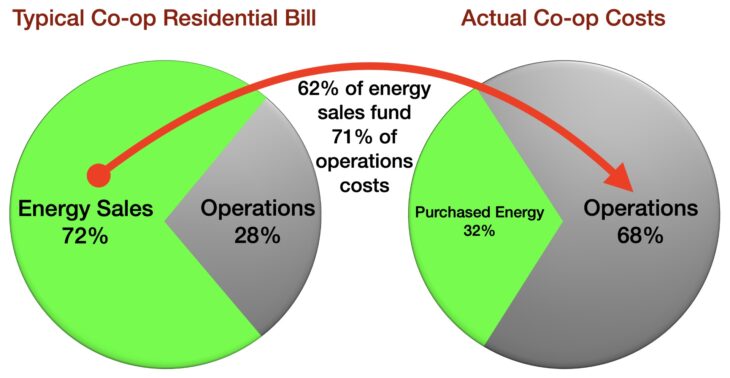Power Outage on Shaw, Orcas and Crane Islands Resolved Quickly
At 2:15 pm on Friday, May 28, 2010, the power went out on all of Shaw, Orcas and Crane Islands after a fault occurred on a submarine cable that runs from Shaw to Orcas. Crews had responded to an alarm on the submarine cable, which is monitored remotely through OPALCO’s automated metering infrastructure using SCADA (Supervisory Control and Data Acquisition) software. While switching power to a second submarine cable in the crossing, an insulator failed, causing the outage.
Crews worked to quickly re-route power to the second submarine cable, restoring power to all members by 3:40 pm. The submarine cable involved in the outage has been taken out of service for repairs. OPALCO has 15 submarine cables distributing power between the islands and all but one crossing have two cables in place, in case of failure. The outage was resolved quickly because of the new remote monitoring system; without that technology, crews would have spent time and resources finding the fault before they could fix it.
OPALCO is a member-owned cooperative electrical utility serving more than 11,000 members on 20 islands in San Juan County. OPALCO provides electricity that is 97% greenhouse-gas free and is predominately generated by hydro-electric plants. OPALCO was founded in 1937 to bring electricity to rural islanders.



